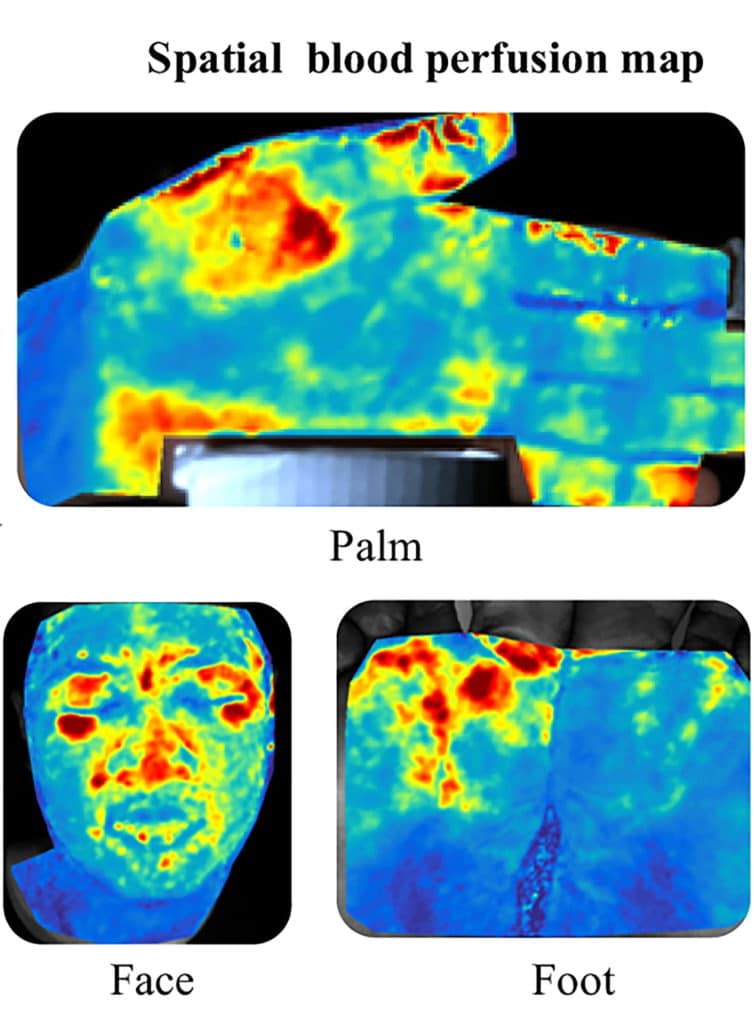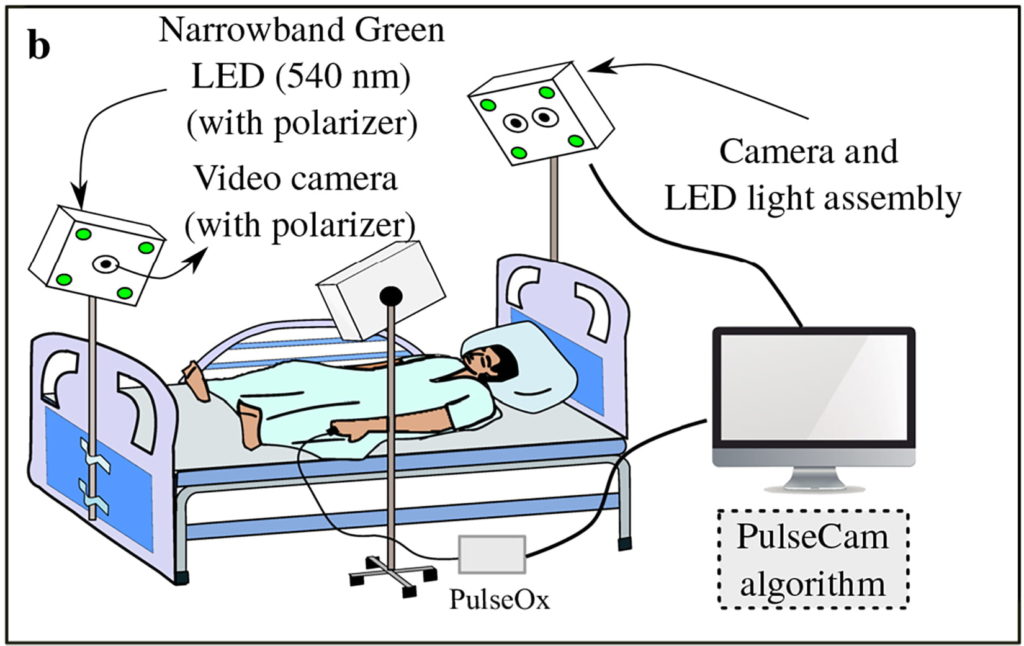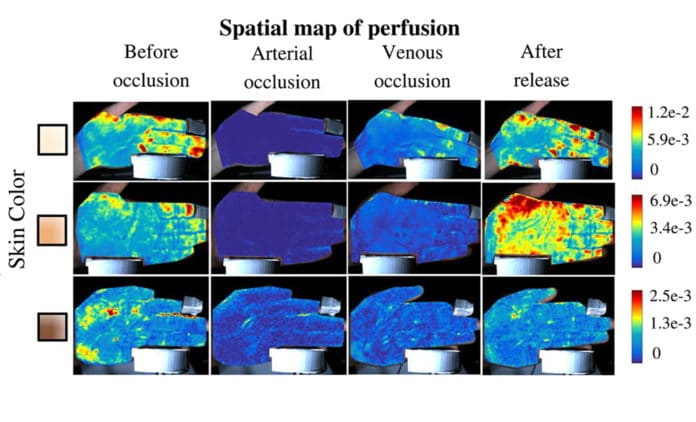Blood flow measurement has widespread clinical applications. Therefore, scientists at Rice University have developed PulseCam — a new camera-based, motion-robust, and highly sensitive blood flow imaging modality with a 1 mm spatial resolution and one frame-per-second temporal resolution.
Using PulseCam, scientists found a new way to use a video camera to peek below the skin and make high-resolution maps of flowing blood. This is expected to help doctors know the amount of blood is reaching the capillaries.
During the study, scientists used PulseCam to monitor blood perfusion in the palms of 10 surgical patients, as they were undergoing general anesthesia. It is known that anesthesia induction results in a block of sympathetic tone that leads to a sudden drop in the peripheral sympathetic nerve activity.

Blood vessels dilate when anesthesia is administered. They essentially become bigger pipes, very suddenly, and perfusion increases dramatically. Then, as the anesthesia sets in, perfusion gradually decreases as the body finds a new stable point.
PulseCam was able to show the rapid influx of blood from the dilation of vessels at the site of the two major arteries that supply blood to the hand.
Ashutosh Sabharwal, a professor and chair of the Department of Electrical and Computer Engineering (ECE) in Rice’s Brown School of Engineering, said, “PulseCam uses a camera feed to calculate the strength of that waveform at hundreds of points on the surface of the skin.”

“With this technology, we can measure perfusion in a new way, never done before, giving us new insight into the disease process.”
“It takes PulseCam about 30 seconds to deliver a high-resolution blood perfusion map, and it can update the map every 10 seconds. It generates maps based on slight color changes caused by perfusion.”
“We can sense small changes in pressure, which is very important, from a clinical point of view. Knowing there’s reduced blood flow is important, but if we can tell whether it’s 10% lower or 30% lower, that’s useful clinical information. This could help improve the quality of care for patients with deep vein thrombosis, for example.”
Journal Reference:
- PulseCam: a camera-based, motion-robust, and highly sensitive blood perfusion imaging modality. DOI: 10.1038/s41598-020-61576-0
